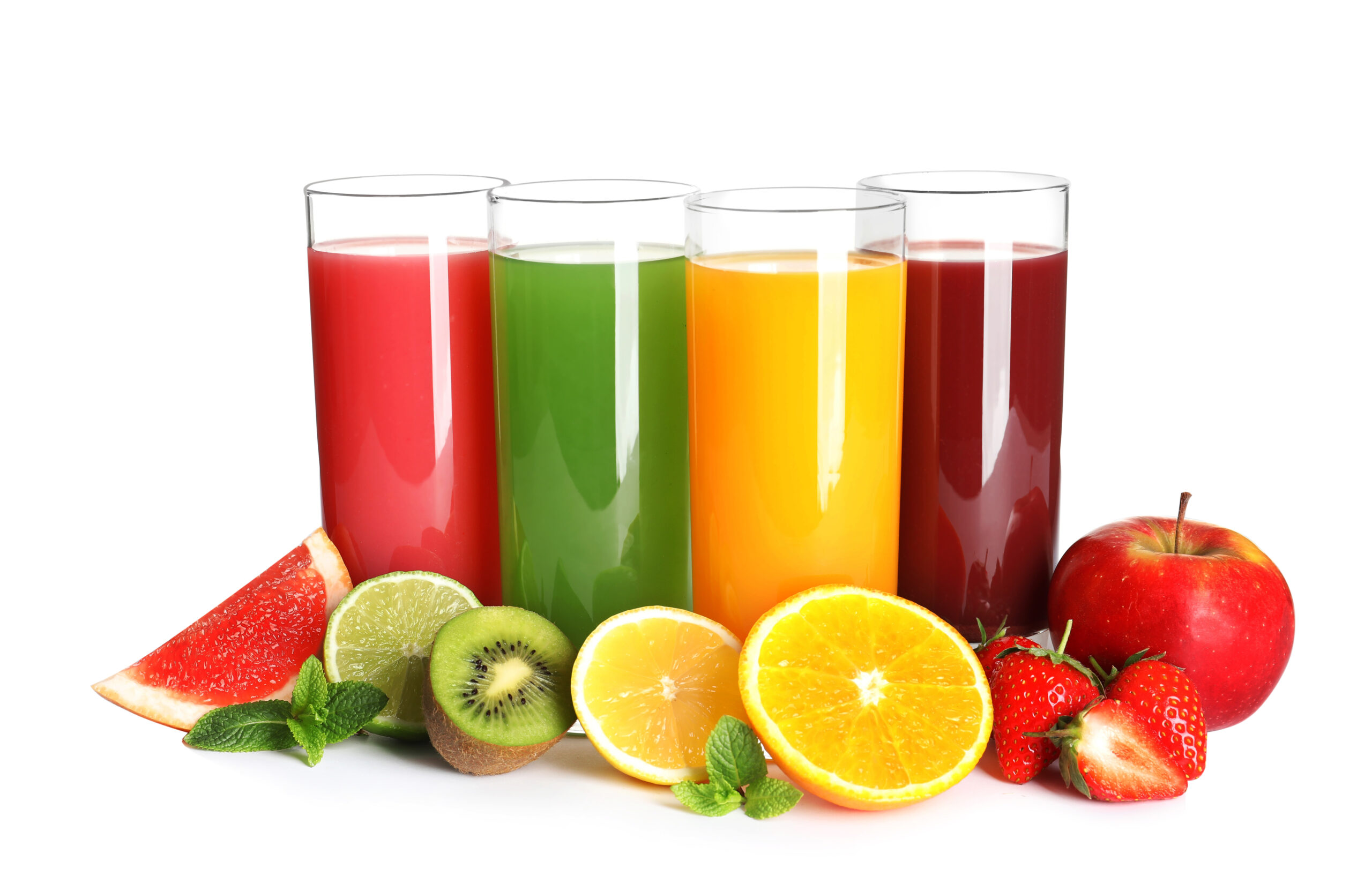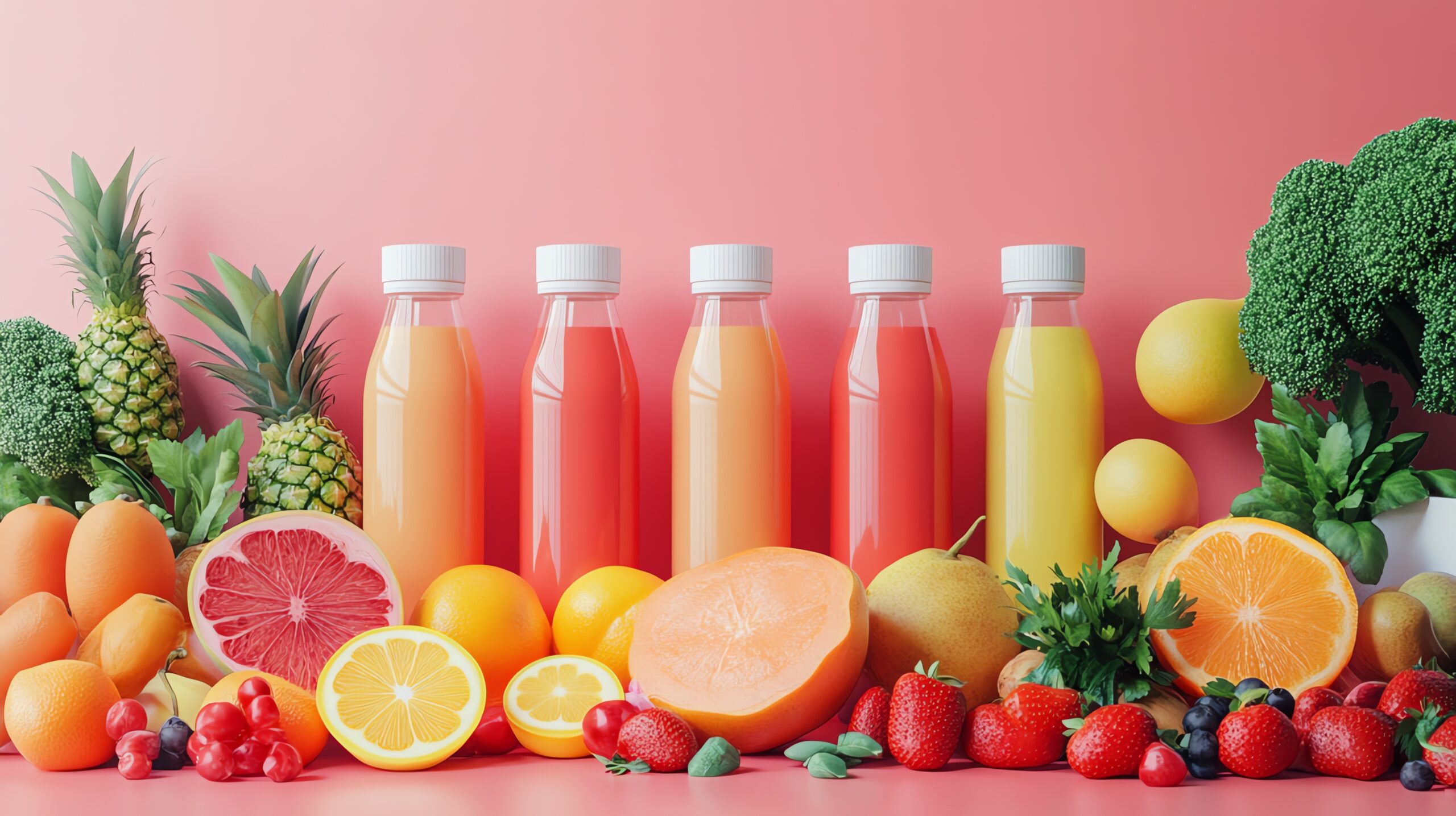Lynn L. Moore 1,* , Xinyi Zhou 1 , Li Wan 1,†, Martha R. Singer 1 , M. Loring Bradlee 1 and Stephen R. Daniels 2
Abstract: Fruit juice consumption during childhood remains controversial. Here, we evaluated the association between preadolescent 100% fruit juice intake and later adolescent diet quality and body mass index (BMI). We used prospective data over 10 years from the National Growth and Health Study for 1921 black and white girls, ages 9–10 years at baseline, for analyses of diet quality, and 2165 girls for BMI analyses. Statistical analyses included repeated measures analysis of variance and logistic regression models. Girls who drank ≥1.0 cup/day of fruit juice in preadolescence consumed 0.44 cup/day more total fruit in later adolescence than non-juice-drinking girls (p < 0.0001). White and black girls who drank ≥1.25 cups/day in preadolescence were 2.62 (95% CI: 1.35–5.08) and 2.54 (1.27–5.07) times more likely, respectively, to meet the Dietary Guidelines for whole fruit by later adolescence than those with the lowest juice intakes. Further, fruit juice consumption was positively associated with diet quality scores. Overall, girls consuming ≥1.25 cups/day of juice had a BMI in late adolescence that was 1.7 kg/m2 lower than that of non-juice-drinking girls. In conclusion, early adolescent fruit juice intake was positively associated with subsequent whole fruit consumption, better diet quality, and lower BMI in later adolescence.






